Capri
Top-Rated Tourist Attractions in Capri
No wonder the emperors Augustus and Tiberius decamped to the idyllic island of Capri to escape the bustle of ancient Rome. Today, it still attracts vacationers from southern Italian cities, along with boatloads of tourists every day. Its rugged 61-meter crags jut precipitously out of the deep blue Tyrrhenian Sea within sight of Sorrento, only 20 kilometers away. The island is an extension of the steep, mountainous Amalfi peninsula where Sorrento lies. Frequent ferries and hydrofoils for Capri leave from Sorrento (the closest) and from Naples, 43 kilometers away.
The island, only about six kilometers long and a little more than two kilometers wide, has two towns, Capri and high above it, Anacapri. Apart from the glamorous international people-watching scene (the island is a favorite for celebrities and the paparazzi that follow them), the island's chief pleasures are its scenery, natural wonders, and its lush greenery (look for acanthus leaves, the inspiration for Corinthian capitals on columns), all best appreciated from its many walking paths or by boat.
1 Marina Piccola
If you imagine this spot before the sun-worshipers and cafés, it's easy to believe that it was the place where the Sirens lured Ulysses. The little harbor on the south coast gets the most sun and is protected from the winds by steep cliffs, so it's often warm enough for sunbathing even in the winter. Take the bus from Capri town or walk down Via Krupp, continuing down the steps from the little church of Sant'Andrea to find the free beaches of Marina di Pennauro and Marina di Mulo.
2 Grotta Azzurra (Blue Grotto)
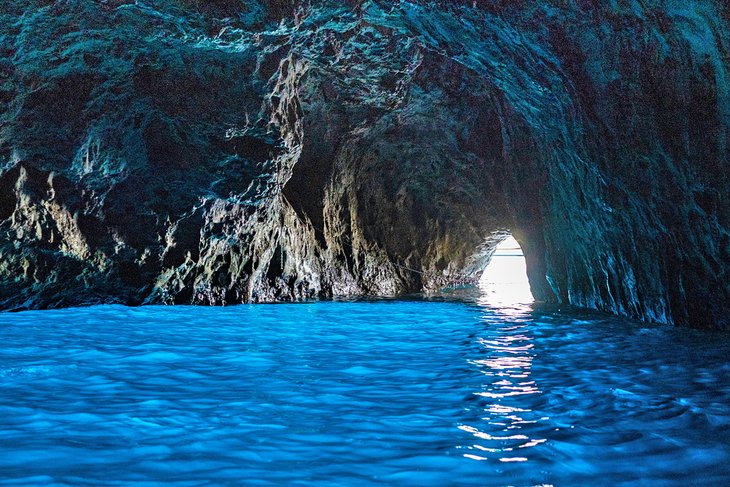
The grotto is a massive flooded cave with an opening into the sea. Reflected sunlight makes the cave appear to be lit from inside with an eerie bright blue glow. Small boats cluster near the entrance to take tourists into the cave through an opening that is barely a meter high - you may have to lie on the floor of the boat to get through, and when the sea is rough, it is impossible to enter. Romans thought it the home of sea nymphs, but since the 19th century, it has been Capri's major tourist attraction. To access the Blue Grotto, take a boat from Marina Grande or a bus from Anacapri or by the Via Pagliaro (three kilometers) from Anacapri. There are other dramatic sea caves where the light reflects the intense colors of the Mediterranean: on the opposite side of the island is the Green Grotto, smaller but more approachable by boat and not as crowded.
3 Giardini di Augusto (Gardens of Augustus)
Close to San Giacomo, the beautifully maintained botanic gardens cover a leafy terrace, where flowers and pergolas frame views of the Faraglioni sea stacks standing in the blue-green water below. Look the other way to see the Bay of Marina Piccola and Via Krupp, a walking path leading down in a series of ribbon-candy loops to Marina Piccola, about 91 meters below. You can follow Via Krupp (built by the German arms manufacturer who vacationed on Capri) and return by bus.
4 Villa San Michele
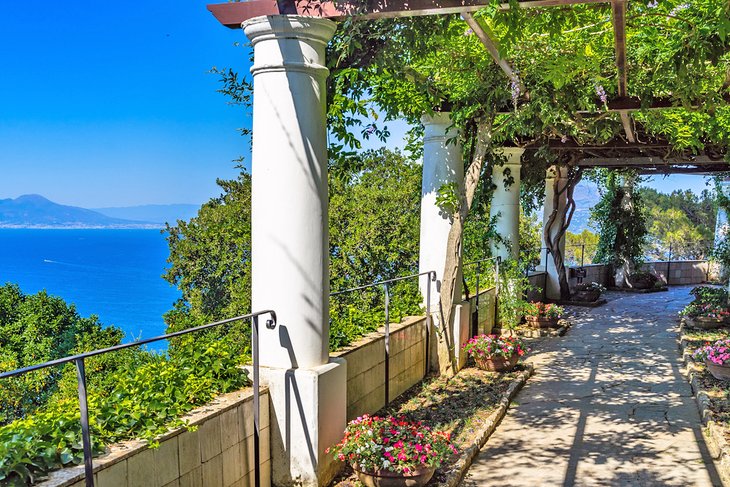
Few homes have such a perfect setting, but Villa San Michele's magic lies not only in its beauty, but in its personality. It was the home of the Swedish doctor Axel Munthe, who immortalized its concept, construction, and his life there in The Story of San Michele. The house and gardens surrounding it are filled with his personal collections, ranging from priceless archaeological artifacts -- Roman, Egyptian, and Etruscan antiquities - to 20th-century art. The views from its gardens, framed by vine-draped pergolas and marble statues, are breathtaking.
5 Punta Tragara
At the southeast tip of Capri, a terrace on the promontory of Punta Tragara overlooks the south coast and the three sea stacks known as the Faraglioni. The view sweeps from the mainland Amalfi peninsula to Monte Castiglione, with its castle, and down to the bay of Marina Piccola. From the right side of the terrace, a path leads to the Pizzolungo, one of the island's most beautiful walks, to the 15-meter-high Natural Arch.
6 Monte Solaro
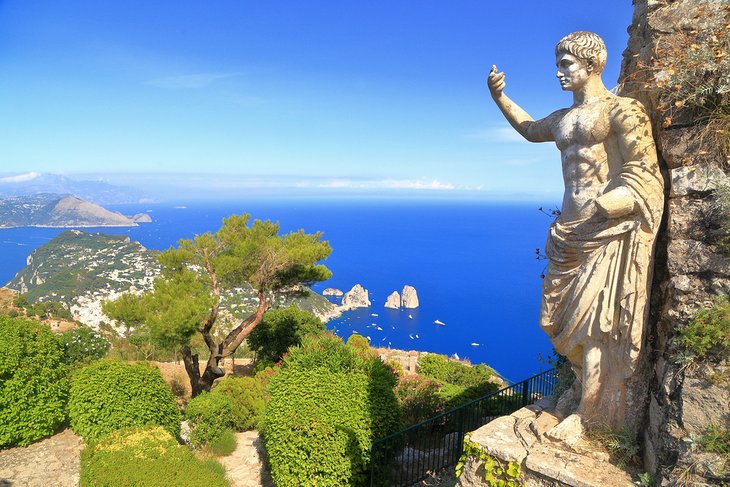
From Piazza Vittoria in Anacapri, a chair-lift (12 minutes) and a footpath (one hour) lead up to the summit of 588-meter Monte Solaro. From this highest point you can see not only the whole island, the Bay of Naples, and Amalfi peninsula, but as far as the mountains of Calabria. Not far below the summit is the 16th-century monastery of Cetrella, rarely open.
7 Villa di Tiberio (Villa Jovis)
In the extreme northeast of Capri are the surprisingly intact remains of the Villa de Tiberio or Villa Jovis, one of the grandest of the villas of Emperor Tiberius. The ruins rise in terraces to the top of the hill, giving an idea of the size of the villa in which Tiberius is thought to have lived from AD 27 until his death in AD 37. Because of the steep terrain, the villa is split into several levels, in all covering more than 18,000 square meters. Despite all the luxury, he seems to still have been grumpy, as at the end of the road is Salto di Tiberio, a 274-meter cliff from which he is reputed to have tossed servants and guests who displeased him. Reach the villa via Via Botteghe, Via Fuorlovado, Via Croce to Via Tiberio, a 45-minute uphill walk from the Piazza.
8 Anacapri
So far from the glitz and celeb-watching of the Piazza in Capri, Anacapri floats in a dream world atop its plateau. The flight of more than 500 stone steps, built in Phoenician times, has been supplanted by a three-kilometer road, which buses connect to the lower town. The 18th-century church of San Michele in Anacapri is built on an octagonal Greek cross floor plan, and its floor of majolica tiles depicts the expulsion of Adam and Eve from the Garden of Eden. The town's principal church, Santa Sofia, dates from 1510, but the sacristy and oratory include the remains of an older church of San Carlo. It's hard to miss the red crenelated Casa Rossa, built by an American Civil War veteran; a museum inside displays Roman statues found in the Blue Grotto.
One of the newer things to do in Anacapri is walk the peaceful paths in the Capri Philosophical Park near the end of the Migliera walking trail. Each of the three paths up the hillside is dedicated to a different philosophical theme and lined with ceramic plaques quoting philosophers and writers from the past 13 centuries.
9 Certosa di San Giacomo
Close to the Gardens of Augustus in the center of the town of Capri is Certosa di San Giacomo. Founded in 1371, it was sacked and burned in 1553, and abandoned after 1807. But at its height, this Carthusian monastery dominated the island. The church has a Gothic doorway, 17th-century frescoes, and two cloisters. The convent holds the Museo Diefenbach, a collection of works by German Art Nouveau and Symbolist painter Karl Wilhelm Diefenbach, who lived on Capri from 1900 to 1915.
10 Piazza Umberto I
Known simply as the Piazzetta, this lively square under its clock tower is where the funicular drops passengers arriving at Marina Grande. Tourists linger here in hopes of spotting celebrities in the cafés that face it. The piazza and nearby streets are the place for shopping in Capri. The highest concentration of big-name designer stores is on Via Camerelle, and elsewhere you'll find shops displaying souvenirs, flowers, brightly painted pottery, clothing, locally made perfumes, and Capri's other specialty - sandals custom made in only an hour.
11 Boat Trips
For those who don't have the time to walk its many coastal trails, the best way to see the more remote parts of Capri is on a boat excursion around the island. It takes about two hours by motorboat, three to four hours by row-boat. Shorter trips around and among the Faraglioni sea stacks take about an hour.
(thanks to: www.planetware.com)
------------------------------------
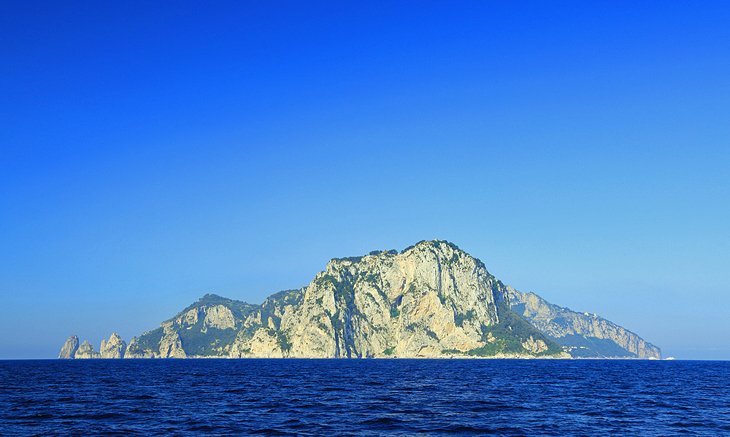
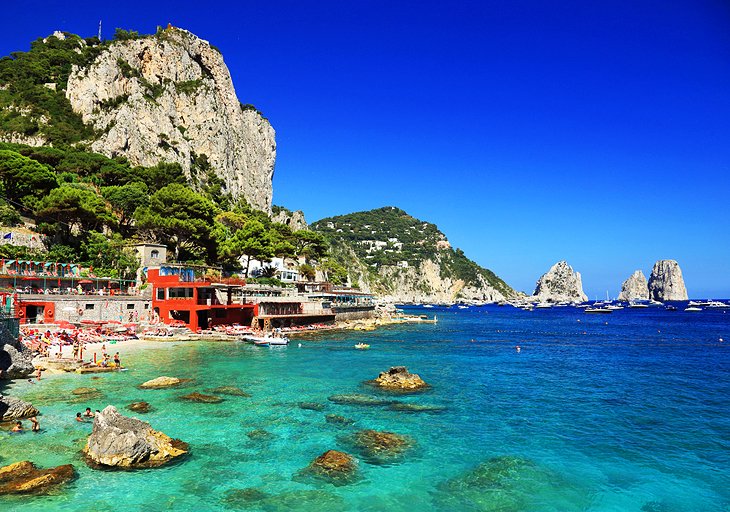
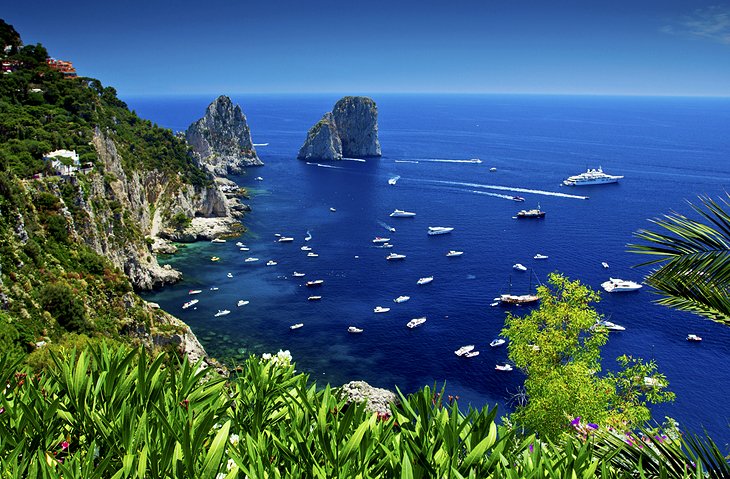
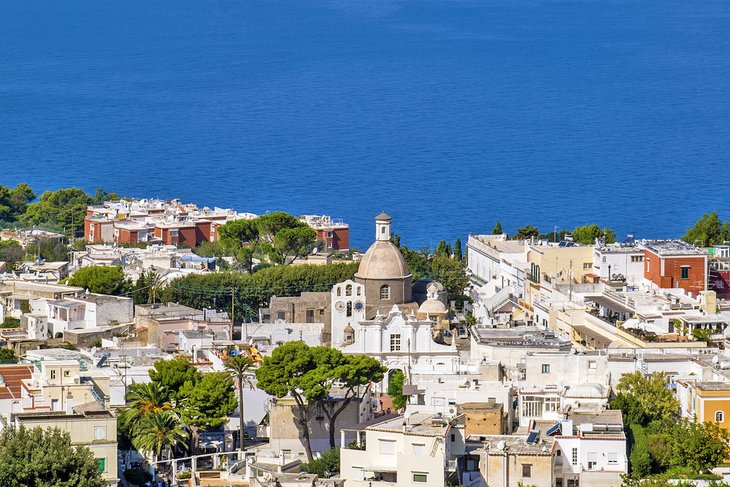
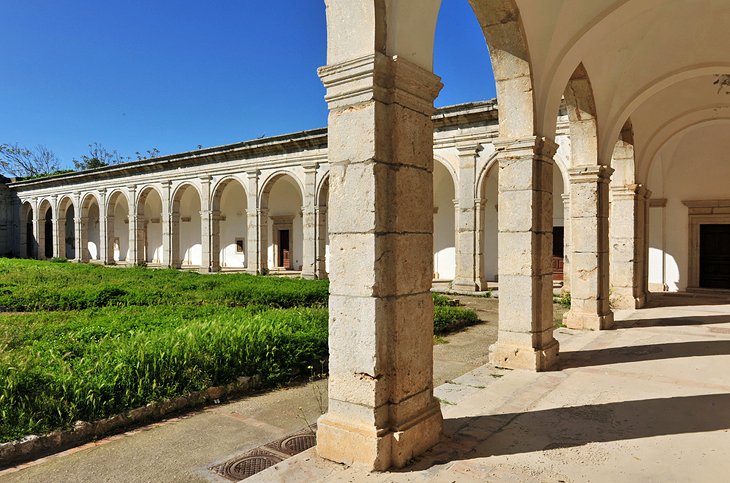
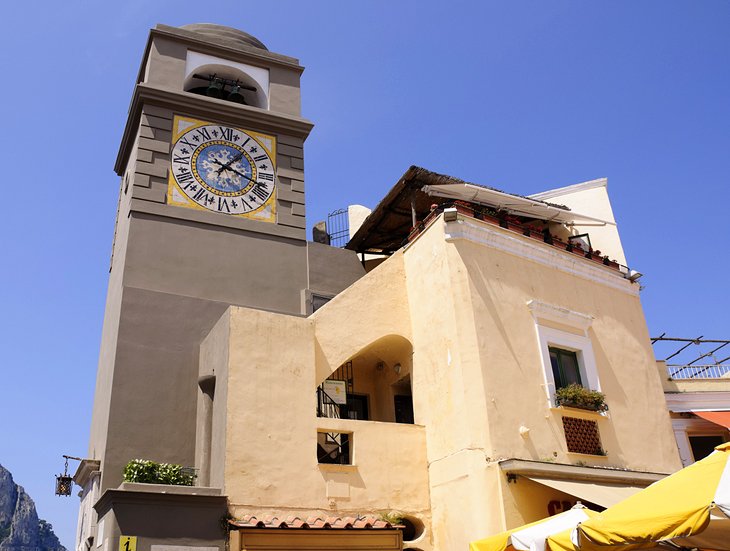
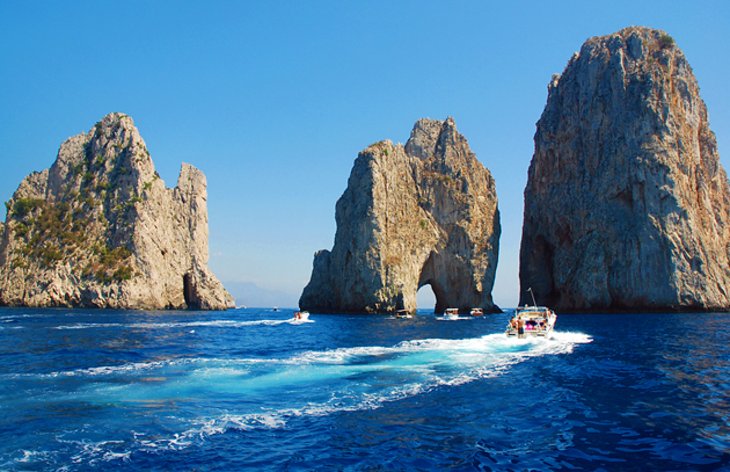
Comments
Post a Comment